Fashion Expressions
Flora Guildford takes a historical approach to the question of fashion and identity.
Fashion designer Mary Quant once said that fashion displays ‘what’s really in the air’ – in other words, fashion is the image of truth in society, both politically and culturally. We can recognise the importance of fashion throughout history but the value of pieces of clothing for expressionism can never be understated. Of course there is the traditional idea that what you wear represents where you stand financially and your class, but there is also a present use of clothing to show your personality and your opinions. Yet is it truly abundant anymore? It’s naturally a debatable issue, but just a quick glance at fashion marketing and the huge corporations pumping out mass-produced and ‘trendy’ clothing demonstrates that individuality seems to be fading away.
In ancient history, it was clear that image was the medium through which many people displayed their wealth, and this developed in a more advanced scale throughout the 15th century, when Burgundian Prince Phillip was the centre of fashion. Aesthetics, although very much still intertwined with value and wealth, became more prominent in the Renaissance and Baroque periods, however it wasn’t until the 1940s that a social-political ideology resonated within fashion. ‘The modern woman’ – displayed by practical clothes and an image of a strong working female figure in the household. Of course this concept wasn’t founded by fashion, yet it fuelled it’s growth, and, in my opinion, was the first example of expressionism that was extremely important for social changes, particularly in this country.
However, like most, when I think of expressionism through fashion, I think of the ‘swinging sixties’, and how teenagers in Britain sparked a phenomenal counterculture, aided by the fashion industry. Through bright patterns and colours, the young people opposed the grey austerity of old generations, and demonstrated their political views. Figures like Jean Shrimpton sculped a new social portrayal of a liberal woman, and the designers of the era abolished class by making every outfit acceptable for every event. Mick Jagger helped to fuel a nee eccentric look for men and, even by just looking at photos of the ‘hippies’ and youth demonstrations, it was clear that the sixties was a unique era of fluidity and androgynous looks. In short, clothing became an art form, and it paved the way for the future.
So why is that not the case anymore? It was be ignorant to suggest that trends have never existed – to refer back to the sixties, Mary Quant’s mini skirt is probably the finest example. However the conditioned mentality was never at the extent it is today. The industry feeds on overwhelming the consumer and plays on the indecisive nature of society, as well as that rooted desire to fit in. Psychologically, we feel buying these trendy releases worn by slim models will make us happy, and to a certain extent, yes they do. However looking ‘the right way’ just makes you another sheep in the flock. Expressionism vanishes through fast fashion, because this idea of genuinely liking and connecting with a piece is completely numbed. As much as social media is a brilliant platform for fashion and independent brands, it is also contributing to this toxic way of thinking. We see our favourite influencer wear an outfit that appeals to us, and not only are the brands tagged, but there’s also a 20% off discount code in their bio! How could we resist? How could we not want to look like them?
What my message is here is that curating a wardrobe with meaning behind each piece is the foundation of expressionism – hence why choosing a slow fashion lifestyle hits the nail on the head. Of course minimalism through clothing is brilliant for the environment, and limits your contribution to the exploitation of workers in third world countries. But in a more trivial way, or perhaps not so trivial if you look at the history behind it, it brings you back to the true elements and use of fashion. With less pieces, you can treasure your items and focus on the meaning when wearing them to the world, displaying your personality, opinions and taste through an image. Naturally its beneficial to own a few staples in your wardrobe – a basic t-shirt, a turtle neck, some good jeans etc. But those more eccentric pieces that you fell in love with years ago have much more value in a less saturated wardrobe! Fast fashion is the number one cause of so-called ‘wardrobe oversaturation’ due to the entire nature of the industry; it’s almost numbing the sentimental feelings we get with clothing to a certain extent.
To conclude, my main message is that we should be wearing what we want to wear, rather than what adverts are telling us to wear. Although there shouldn’t be a pressure to only wear pieces of clothing with political meaning behind them like history has displayed, I think it’s important to display an image that resonates with you. Despite the bad connotations with ‘judging a book by it’s cover’, fashion can be used to make a lasting first impression, in the best way possible. Therefore, in my opinion, a minimalistic and slow fashion approach to your wardrobe is the key to reclaiming the individuality that makes the fashion industry so fantastic.

